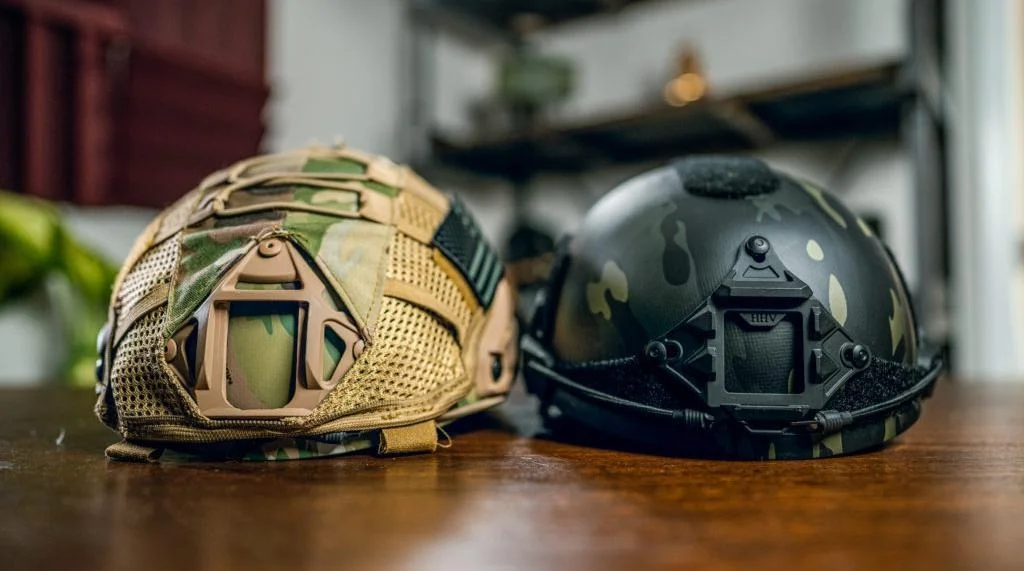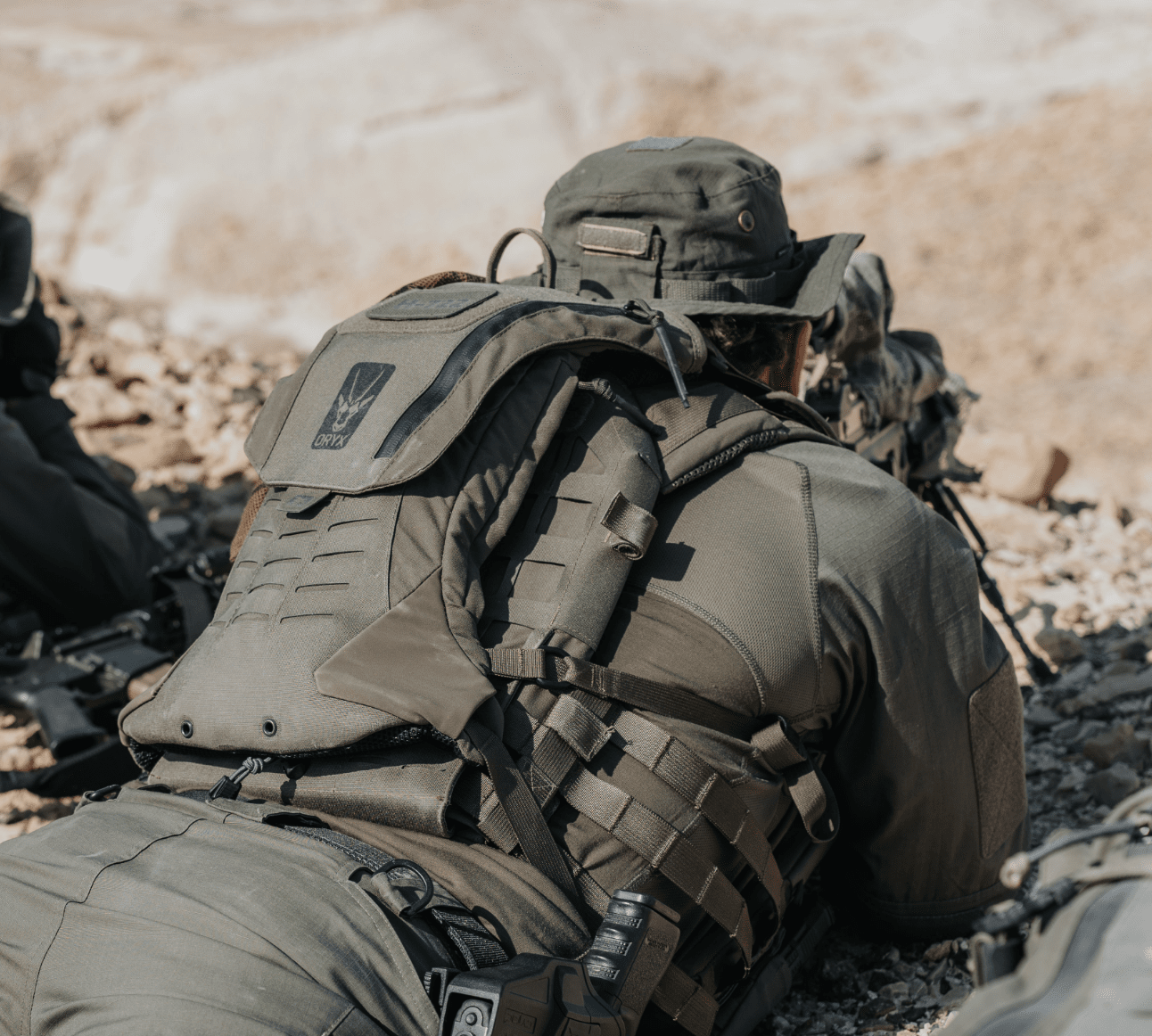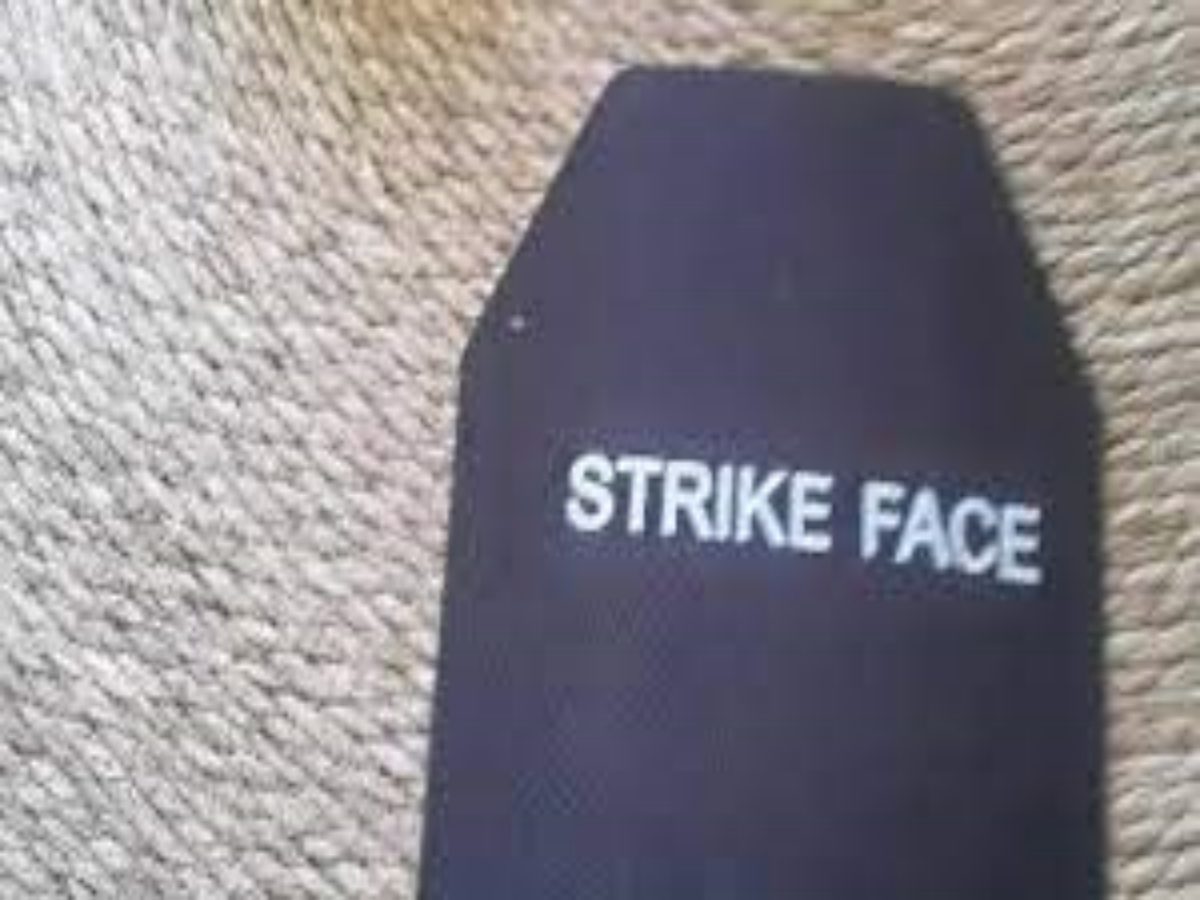How to Choose the Best Armor Plates for Maximum Protection
Choosing the right armor plates for maximum protection is an important decision for anyone looking to invest in body armor. The right armor plates can provide ballistic protection against a variety of threats, from small arms fire to high-powered rifle rounds. In order to make the best choice, it is important to understand the different types of armor plates available, their features and benefits, and how they can be used in combination with other protective gear. With this knowledge, you can select the most effective armor plates for your specific needs and ensure maximum protection.

What are Armor Plates and Why Do We Need Them

An armor plate is a type of protective armor that can be inserted into bulletproof vests or worn as a standalone. It is also known as hard armor since it uses ballistic plates to provide protection from bullets and other projectiles.
Reactive armor is a type of armor designed to protect vehicles from damage caused by anti-tank weapons. It typically consists of plates that are inserted into the front, back and sides of the vehicle, with additional plates for other areas such as the shoulders, lap and throat. It is an effective defense against higher level threats.
Ballistic plates come in a variety of sizes & shapes. In the industry, they are usually referred to as 'cuts', which refers to how the strike face is cut from the material. The most common types of cuts include:
• The SAPI Cut is a rectangular shape with two angled cuts on the top two corners, which gets its name from the Small Arms Protective Insert (SAPI) armor plate. Similarly, there is another cut called the Shooter's Cut that has larger cuts.
• Swimmer's Cut is a type of uniform used by elite military forces such as the Navy SEALs. It has a shape that resembles a stretched trapezoid on top of a rectangle.
• Rectangle/Square is an armor plate with rounded off corners, which has become outdated due to the emergence of modern tooling.
Apart from the more popular cuts, there are other less-used cuts like ergonomic and ranger. The former covers most of the torso while the latter has been largely abandoned due to its lack of popularity.
Armor plates typically come in sizes of 250 mm x 300 mm (10 in x 12 in) and 280 mm x 360 mm (11 in x 14 in). SAPI plates, however, have slightly different dimensions. Furthermore, the plates may be curved to improve user comfort and ergonomics.
Types of Armor Plates and Their Different Uses

Armor plates are usually composed of multiple materials. Depending on the package, the primary material used in the construction of these plates can be categorized into different types.
Ceramic Armor Plates
Ceramic armor plates are commonly used in the military for protection. They are usually made up of boron carbide, silicon carbide, or other similar materials. These provide effective defense against various threats. The advantages of ceramic armor are that they are not only lighter than metals, but much harder as well, which enables them to deform tungsten core penetrators, and resist ammunition at a high velocity.
Ceramic materials are effective in stopping projectiles from penetrating due to their ability to shatter them into small pieces, thereby reducing the projectile's penetration power. Ceramic plates have less multi-hit resistance than steel or titanium because of its fragile nature. Ceradyne has developed IM/PACT technologies which use stainless steel or titanium crack arrestors to work around the issue. Russia's Armed Forces has also recently deployed GRANIT GOST 6A armor plates with titanium arrestors.
Since armor plates are typically rigid, they can be easily damaged by projectiles that strike in a concentrated area. This creates a high level of stress on the plate which can cause it to shatter in the impacted region.
Metal Armor Plates
Metal Armor plates are usually made of steel, titanium, aluminum or alloys. Steel plates may be more resistant to deformation, however they can suffer greater impulse from an impact as it bends very little and thus absorbs less energy. A steel plate is capable of destroying a projectile upon impact, resulting in dangerous fragments flying in all directions. Moreover, metal armor can sometimes deflect bullets and cause them to hit unintended targets such as limbs, friendly personnel, bystanders or private property. Bullets with a velocity higher than 3100 fps have been known to penetrate steel plates which meet the requirements of NIJ Level III; for example, the 5.56 M193 round.AR500 steel, also known as Abrasion Resistant/ Brinell Hardness 500 steel, is the most commonly used material for armoring. However, it was not originally created for this purpose and thus can have major variations in hardness. This is according to Leeco Steel,"AR500 steel plate is commonly requested for use in ammunition target surfaces, however it is not approved for ballistic use".
Plastic Armor Plates
UHMWPE plates provide a high level of ballistic protection and are lighter than metal plates. They can even offer more protection than metal plates, making them a great choice for those looking for added security. The use of UHMWPE as a fabric for vests has become increasingly popular due to its strength, flexibility, and light weight. However, there is a risk of fracture associated with it and it does not provide the same level of trauma reduction as other materials. Although UHMWPE has many benefits, it does have some weaknesses. It is not very heat or flame resistant because of its low melting point (130°C/266°F). UHMWPE should not be subject to temperatures exceeding 100°C for long periods of time. Additionally, these materials tend to swell up quickly when fired due to delamination.
Nanomaterials
Carbon nanotubes and nanocomposites are being explored as possible materials for ballistic plates and anti-ballistic fabrics due to their superior strength-to-weight ratio compared to other materials.
What is the Difference Between Soft and Hard Armor Plate
Soft Body Armor Plate
Soft body armor plates is aptly named because of their flexibility and mobility compared to other types of armor plates. Despite this, they still offer a significant level of protection that should not be underestimated. Soft body armor plate is good choices for those who need protection but also want to maintain their personal style. It is more flexible than hard body armor plates, so it can be worn in combination with other tools and gear, or with whatever clothing you prefer. Hard body armor plate can be supplemented with soft body armor plates to provide an extra layer of security. When used together, the soft armor plate provides an additional level of defense and protection.
Soft body armor plate is typically made from ultra-strong synthetic fibers, with Kevlar vests being the most commonly used. There are also other types of soft body armor plate available.
Soft body armor plate is preferred for its flexibility and comfort, but it doesn't offer the same level of protection as hard body armor. While soft body armor plate is more comfortable to wear, hard body armor provides a higher degree of protection. Soft body armor plate is designed to protect against small arms fire such as handguns, but it does not offer adequate protection against rifle rounds or other higher caliber bullets.
Hard Body Armor Plates
Hard body armor plates are created by placing steel, ceramic, or composite plates together and then surrounding them with a flexible outer shell. This forms the protective vests and other forms of body armor plates that we are familiar with. The incorporation of internal plates into the design of hard body armor plate significantly enhances its strength and durability.
Hard body armor plate is made of multiple layers to increase its strength, but this also makes it less flexible and heavier than soft body armor. Many users of hard body armor plate claim that it is uncomfortable, hot and difficult to wear for extended periods. Despite this, its strength outweighs these drawbacks, making it a worthwhile investment. Hard body armor plate is preferred in dangerous situations due to its ability to protect against bullets from high-powered rifles. It is rated for its ballistic protection capabilities, making it an ideal choice for those working in hazardous environments.
For maximum protection in non-ballistic situations, it is suggested to use a combination of hard and soft body armor. This ensures that the user is defended against both blunt and sharp objects.
How to Choose the Right Armor Plate for Your Needs
When it comes to selecting an armor plate for your needs, there are several factors to consider. It is important to choose the right plate that will provide adequate protection while also being lightweight and comfortable. Some of the key factors to consider when selecting an armor plate include material type, size, weight, and coverage area. Additionally, you should also take into account the threat level you are expecting to encounter and the environment in which you will be using the armor plate. By taking all of these factors into consideration, you can ensure that you select the right armor plate for your needs.
The above is how to select the best armor plate to achieve maximum protection. For more details, please contact us through the following ways: send an email to the email-box address: [email protected] or contact with us by WhatsApp/Tel: +86 13770999019. We will reply to you as soon as possible.



